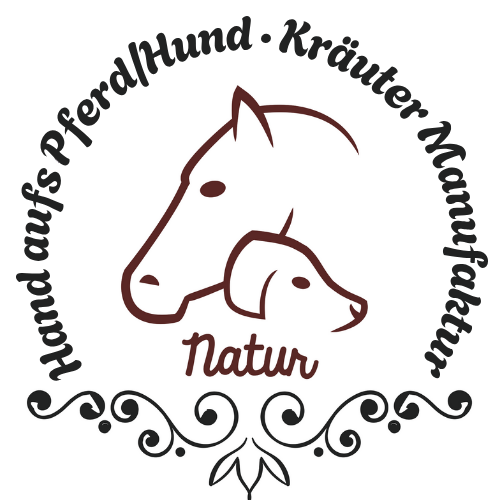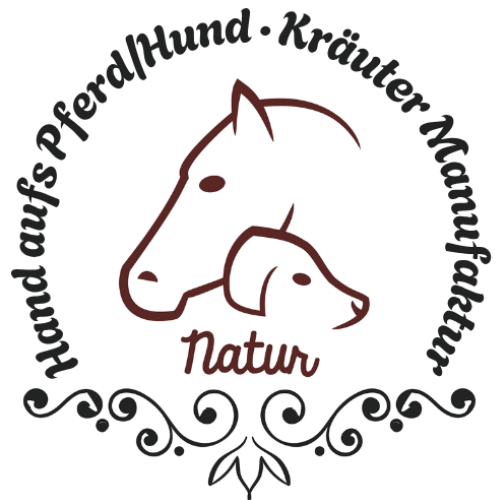
Strangles in horses – what you need to know
Strangles in horses: recognition, understanding and treatment
Strangles is a highly contagious bacterial infection that can affect horses of all ages. Caused by the bacterium Streptococcus equi var., this disease often leads to severe respiratory problems. Here you'll learn everything you need to know about the symptoms, diagnosis, treatment, and prevention of strangles.
What is strangles?
Strangles in horses is a serious disease – especially when it occurs in a horse population. Strangles in horses is one of the stable infections that is very complex to manage. Strangles is an infection of the upper Respiratory tract and is caused by purulent Nasal discharge , swollen lymph nodes, and fever are characteristic. The swollen lymph nodes can abscess and rupture, making the disease particularly obvious. Strangles primarily affects young horses, as they have not yet developed a strong immune system, but older horses are also not immune. If the horse's immune system is strong, it is possible for the horse to remain ill despite a stable infection.
The course of strangles can be mild, with a slight cough and fever, and resolve within a few days. Severe cases that are not treated promptly or adequately can lead to respiratory distress due to the development of massive abscesses in the head area. Puss may also develop in internal organs such as the liver, intestines, heart, and even the brain. It is important to follow the veterinarian's medication diligently and thoroughly to avoid death.
Strangles in horses – symptoms
Typical signs of a strangles infection are:
- Purulent nasal discharge
- Swollen and tender lymph nodes (often in the lower jaw)
- Difficulty swallowing
- Fever (often over 38.5°C)
- Cough
- General weakness and loss of appetite
- In severe cases: shortness of breath and pharyngeal obstruction
Transmission of strangles
Strangles is transmitted through direct contact with infected horses or indirectly via contaminated objects (e.g., feed scoops, water troughs, grooms' hands). Some horses can become asymptomatic carriers, spreading the bacteria without being ill themselves.
Strangles in horses – diagnosis
Diagnosis is typically made based on clinical symptoms and detection of the pathogen. A sample of nasal or abscess discharge can be examined by culture or PCR (polymerase chain reaction) to confirm the presence of Streptococcus equi .
Treatment of strangles
Strangles often requires veterinary treatment. Some treatment approaches include:
- Antibiotics : Antibiotics may be administered to combat the bacterial infection.
- Abscess drainage : Mature abscesses can be opened under sterile conditions to promote healing.
- Supportive care : Adequate fluid intake and feeding with soft food to facilitate swallowing.
- Anti-inflammatories : Medications such as phenylbutazone can help relieve pain and inflammation.
- Temperatures : Regular temperature checks help monitor fever and thus the progression of the disease.
Recovery and quarantine
The recovery process may vary depending on the severity of the disease and the general condition of the horse:
- Rest and convalescence : Infected horses need plenty of rest to regain their strength.
- Quarantine measures : To prevent the spread of the disease, infected horses should be isolated. This often involves a quarantine period of at least three weeks until symptoms subside.
- Disinfection : Cleaning and disinfecting stables, equipment, and other surfaces to reduce the possibility of re-infection.
Careful handling of carrier horses is also important. They can excrete the bacteria without showing any symptoms of illness. Through regular health checks and, if necessary, testing for Streptococcus equi, carriers can be identified and treated.
Prevention of strangles
Preventive measures are crucial to prevent outbreaks of strangles:
- Vaccinations : There are vaccines against strangles that can reduce the risk of infection. The decision to vaccinate should be made after consulting your veterinarian.
- Good hygiene practices : Regular cleaning and disinfection of stables and equipment can prevent the transmission of pathogens.
- Isolate new horses : Before introducing new horses into a herd, they should be quarantined for two weeks to check for symptoms of disease.
- Education and training : Informing stable staff and horse owners about the symptoms and transmission routes of strangles is essential to enable rapid action in suspected cases.
- Strengthening the immune system: Our defensive herbs Knight's Armour for horses should be in every stable pharmacy to strengthen the immune system.
Strangles is a serious disease that requires swift and prudent action. The signs are usually clearly recognizable, and early treatment significantly improves the prognosis. Prevention through vaccination, hygiene, and quarantine measures is key to avoiding outbreaks. Stable owners and caregivers must exercise vigilance and diligence to keep their horses safe and healthy.
Strangles in horses supported by feed
Nutrition plays a key role in supporting and recovering horses suffering from strangles. Here are some feeding and herbal recommendations that can help improve the condition of a horse suffering from strangles:
Adjusting feeding:
- Soft feed : Since horses with strangles often have difficulty chewing and swallowing, they should be fed soft feed. Mash, soaked hay cubes, or other softened, easy-to-chew feeds can be helpful.
- Water : Sufficient fresh water should be available. If necessary, the water can be slightly warmed to increase the appetite and make swallowing easier.
- Stimulate appetite : Horses with strangles often lose their appetite. Offering high-quality, tasty feed in small amounts several times a day can stimulate the appetite.
- Nutrient-rich food : The additional supply of vitamins and electrolytes from our Minerals for horses VitMin might be helpful.
We recommend a natural feeding supplement with our defensive herbs Knight's Armour
Source: Martina Hemm November 2024

